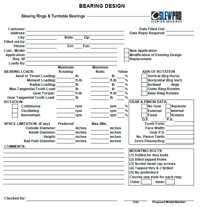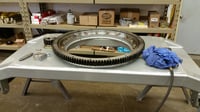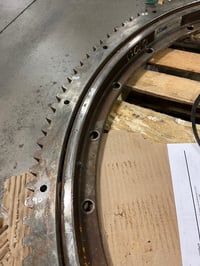As industries continue to evolve, so does the technology that powers them. In the gearing industry, advancements are occurring at a rapid pace, driven by the need for more efficient, reliable, and intelligent solutions. This blog post explores the future of gearing technology, highlighting key trends and innovations such as smart sensors, materials science advancements, and predictive maintenance.
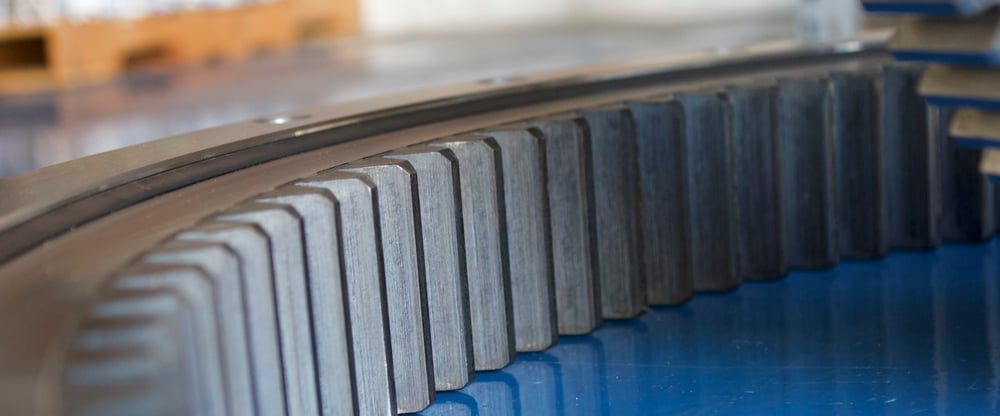
SlewPro Blog
Richard Potesta
Recent Posts
The Future of Gearing Technology: Trends and Innovations to Watch
Double Worm Slew Drives: Enhancing Performance with Innovative Designs
In the world of heavy machinery and precision equipment, the demand for robust, high-performance components is ever-increasing. One such component that has garnered significant attention is the double worm slew drive. With its enhanced load capacity and accuracy, this innovative design is ideal for various applications, including heavy lifting equipment, construction machinery, and solar tracking systems. In this blog post, we'll delve into the technology and benefits of double worm slew drives, focusing on how they can transform your operations.
Topics: slew drive
The Engineering Behind Our Slewing Rings: What Makes Them Stand Out?
At SlewPro, our commitment to excellence in manufacturing slewing rings, drives, and gears is evident in every product we deliver. Since our inception in 2012, we have built a reputation for providing high-quality products, responsive service, and expert support to manufacturers across North America. This blog post delves into the engineering and design process behind our slewing rings, highlighting the unique features that set them apart in the market.
Topics: slewing ring, slewing ring bearing installation, slewing ring bearing
Why Custom Solutions in Slewing Rings and Drives Matter for Your Business
In today's competitive industrial landscape, businesses are constantly searching for ways to optimize performance, reduce costs, and extend the lifespan of their products. One area where these goals can be significantly advanced is in the selection and implementation of slewing rings and drives. While standard catalog products are often readily available, they frequently fall short in addressing the unique needs and challenges of specific applications. This is where custom solutions truly shine, offering a tailored approach that can transform your business operations.
Topics: slewing ring, slewing drive
Custom Gears 101: The Basics Everyone in the Industry Should Know
Gears are an integral part of countless machines and systems, driving everything from simple mechanisms to complex industrial operations. In this blog, we'll explore the fundamentals of gear design and manufacturing, highlighting the importance and advantages of custom gear solutions for various industries. We pride ourselves on delivering high-quality, custom-manufactured gears that meet the unique needs of our clients. Let’s dive into the basics of custom gears and why they matter.
Topics: gears
Exploring the Versatility of Slewing Drives in Renewable Energy Projects
In the quest for sustainable energy solutions, the role of advanced mechanical components like slewing drives cannot be overstated. These versatile and robust devices are integral to enhancing the efficiency and reliability of renewable energy systems. This blog post explores what slewing drives are and their pivotal role in renewable energy projects, particularly in solar trackers and wind turbines.
Topics: slew drive, slewing drive
A Guide to Seeking Application Assistance from Slewing Ring Bearing Manufacturers
Slewing ring bearings play a critical role in various industrial applications, providing rotational support for heavy machinery and equipment. When it comes to selecting the right slewing ring bearing for your specific application, seeking assistance from manufacturers is crucial. To ensure the best possible outcome for customers, it's essential to provide manufacturers with comprehensive information about your application. In this blog, we'll outline the key details to share with slewing ring bearing manufacturers when seeking application assistance.
Unveiling the Wonders of SlimPro Thin Section Bearings: Features and Benefits
Thin section bearings, also known as slim bearings or thin-walled bearings, have become indispensable components in various industries due to their unique design and remarkable performance. In this blog, we'll explore the features and benefits of thin section bearings, shedding light on why they are the preferred choice for applications where space, weight, and precision matter.
Topics: slewing ring bearing
Understanding Load Capacity and Axial Stiffness in Slewing Ring Bearings
Slewing ring bearings are large, specialized bearings used to support heavy loads and provide axial stiffness in applications such as cranes, excavators, wind turbines, and other heavy machinery. Understanding load capacity and axial stiffness is important when selecting and designing slewing ring bearings for specific applications.
Load capacity refers to the maximum weight that a slewing ring bearing can support without deformation or failure. Load capacity is determined by factors such as the size of the bearing, the materials used, and the design of the raceways and rolling elements. Slewing ring bearings can support both radial and axial loads, as well as moment loads that combine radial and axial forces. It is important to carefully calculate the expected loads in an application to ensure that the selected slewing ring bearing can safely support the weight.
Axial stiffness, on the other hand, refers to the resistance of a slewing ring bearing to axial deflection or bending. Axial stiffness is important in applications where precise positioning and stability are required, such as in machine tools or robotics. Axial stiffness is influenced by factors such as the number and size of the rolling elements, the raceway geometry, and the materials used. Higher axial stiffness results in less deflection and better control over the load, but can also increase stress on the bearing and lead to increased wear and fatigue.
When selecting and designing slewing ring bearings, it is important to balance load capacity and axial stiffness to ensure that the bearing can safely support the weight and maintain stability and precision in the application. Other factors to consider include operating speed, temperature, lubrication, and maintenance requirements. Consulting with a bearing manufacturer or engineer can help ensure that the right slewing ring bearing is selected and designed for a specific application.
Common Slewing Ring Bearing Failures
Slewing ring bearings are critical components used in a wide range of industrial and heavy-duty applications. These bearings can support axial, radial, and moment loads, making them suitable for applications such as cranes, excavators, wind turbines, and more. However, like any other mechanical component, slewing ring bearings are also prone to failure, which can lead to costly downtime, equipment damage, and safety hazards.
In this blog, we will discuss the most common slewing ring bearing failures and their causes.
Subscribe Here!
Recent Posts
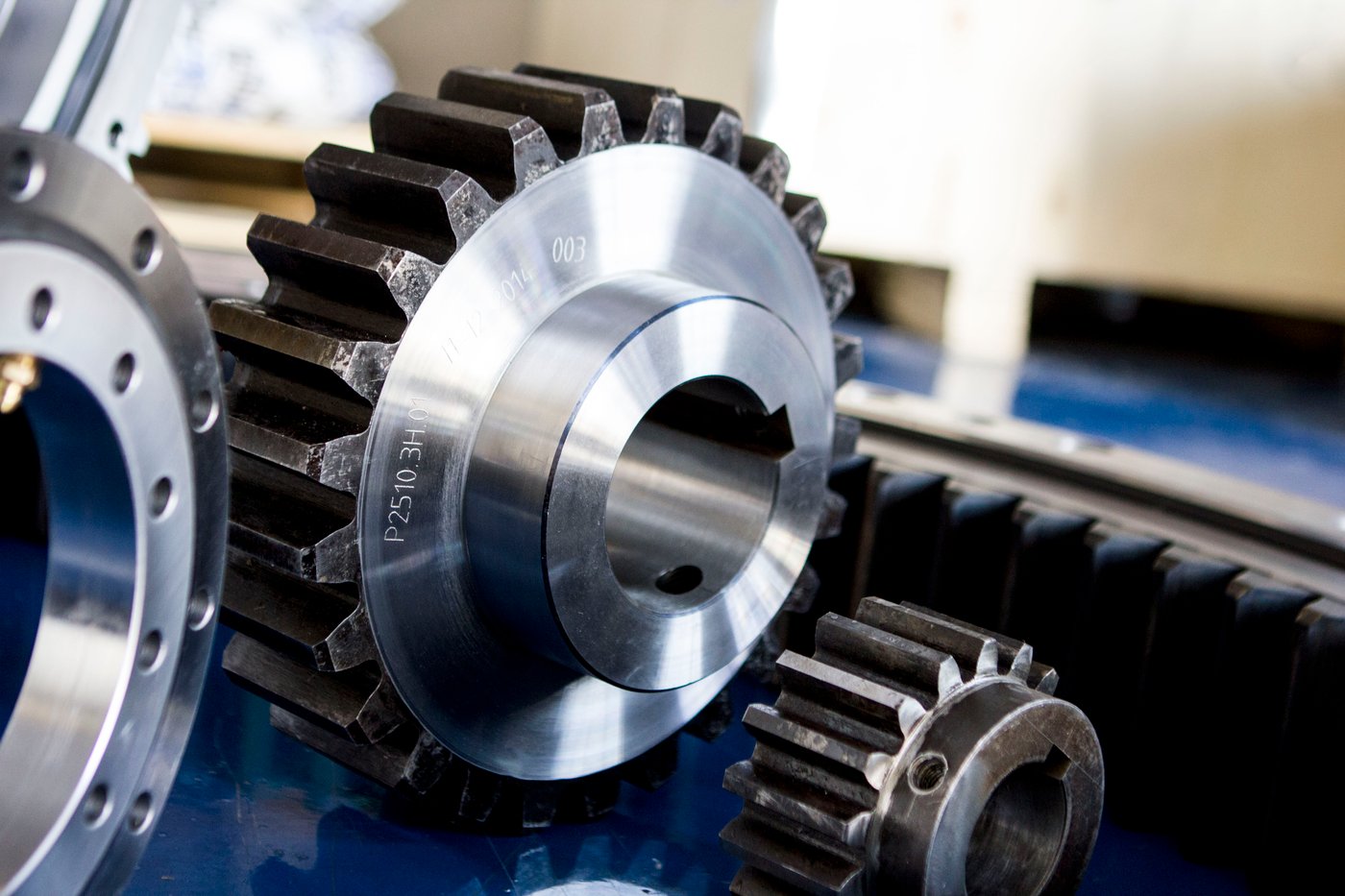
Case Study: SlewPro Partnership Saves Time & Money
When Wolf Robotics needed a quick turnaround on a new slewing bearing for a special project in 2017, SlewPro was the only company able to meet the time and specification requirements. The project met all requirements and was on budget, earning more trust from Wolf Robotics’ engineering team.








